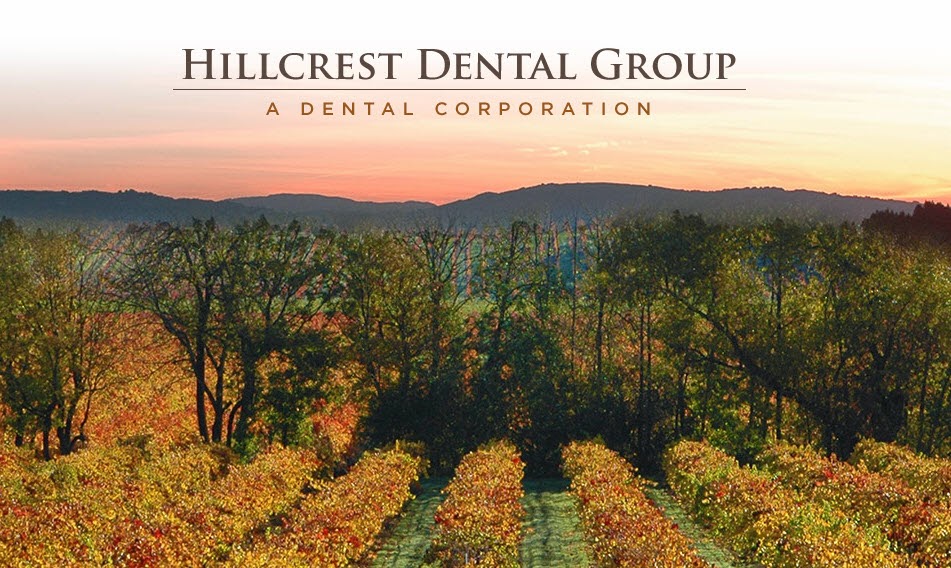

This tombstone in a neighbor’s haunting Halloween display inspired, “Didn’t drink water right after eating sweets.”
Nearly one in three Illinois children had cavities last year. And with national candy sales for Halloween expected to reach $2.5 billion this year, parents have their work cut out for them to keep their children’s mouths healthy.
Suggestions to help avoid cavities all year round
Delta Dental of Illinois offers these suggestions for parents trying to help children avoid Halloween cavities this year:- Don’t start the holiday with a houseful of candy: hand out non-food treats this Halloween, such as glow sticks, stickers and temporary tattoos.
- All treats are not created equal. Hard candy and chewy, sticky treats are harder on teeth than other candy. Chocolate is a better treat option because it dissolves quickly, decreasing the amount of time sugar stays in contact with teeth. The best option: sugar-free gum, which helps rinse away food particles.
- Send kids out trick-or-treating on a full stomach so they will be less likely to fill up on their Halloween candy.
- Have your kids drink water and more water: water can help wash away sugar and dislodge candy particles that could remain to cause tooth decay.
- End your kids’ trick-or-treating holiday by having them brush for two minutes and floss around teeth.
- Everything in moderation: ration candy consumption daily and make it easy for kids to enjoy smaller portions by allocating smaller amounts in clear plastic bags.
- Ask your dentist if he or she participates in a candy buy-back program. Dentists participating in buy-back programs will buy kids’ candy by the pound, often shipping it out in care packages for U.S. soldiers overseas.
“Every October, we turn our attention to the sugar found in Halloween candy, and the potential damage to children’s mouths,” stated Katina Spadoni, DDS, dental director for Delta Dental of Illinois, in a news release.
“It’s important to remember that any holiday candy – in addition to regularly consumed sugary food and drinks – can wreak havoc on oral health. Parents can help children practice good oral health by following these guidelines all year long,” Spadoni added.
Links to more advice
How do your Halloween treats stack up? Find out at http://www.youroralhealthhub.com/sweets-stack-up.For some tooth-friendly Halloween activities for the kids, go to http://www.ToothFairyTrickyTreats.com.

